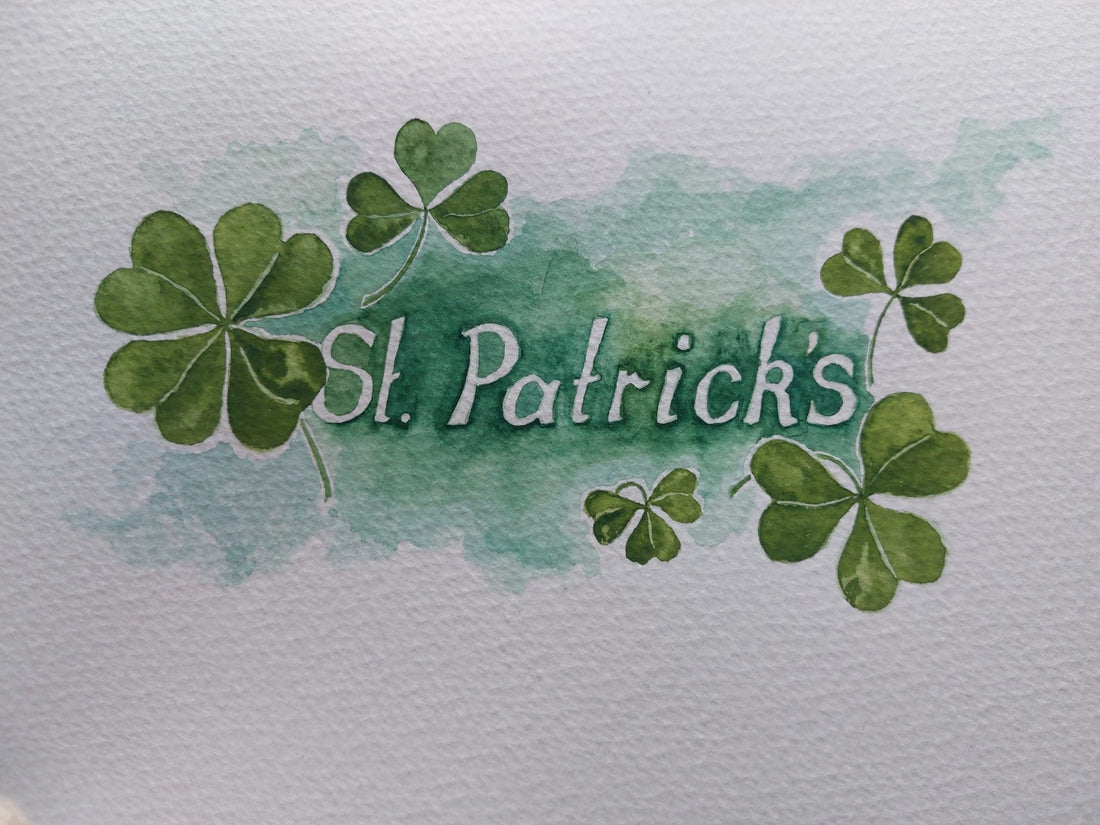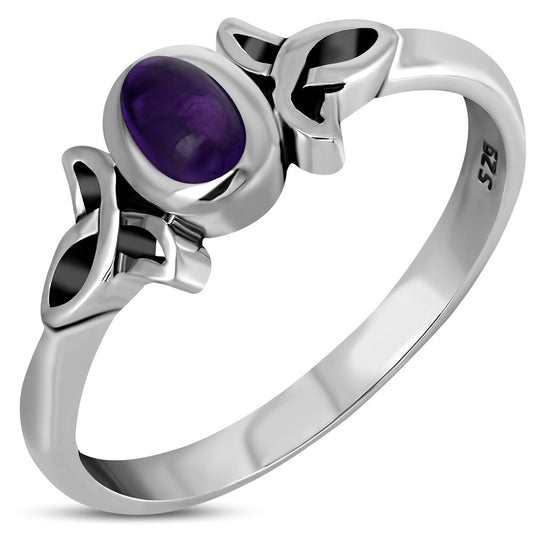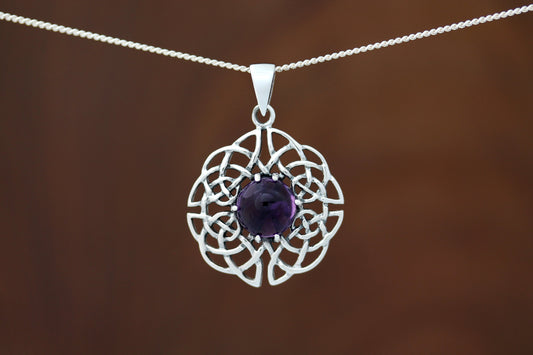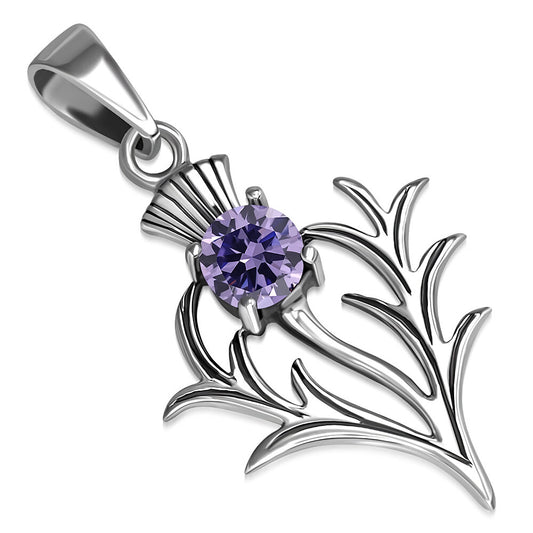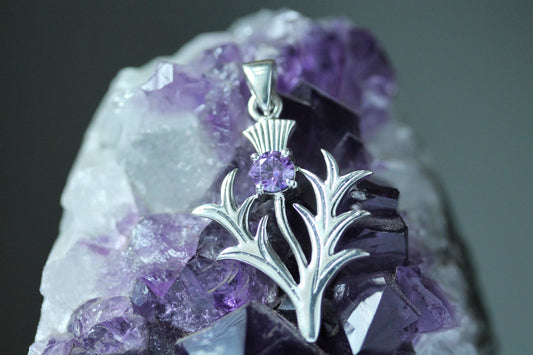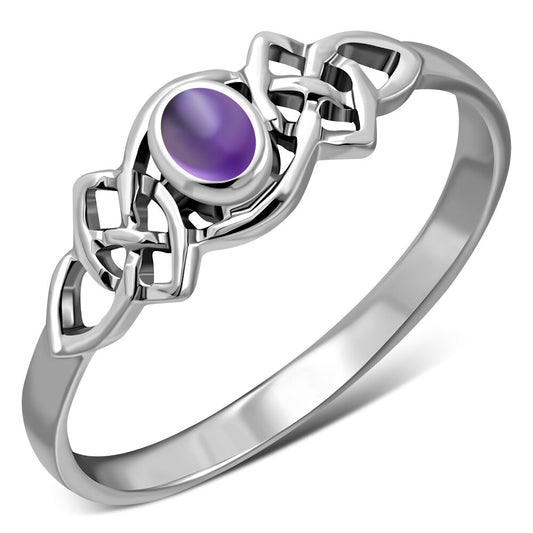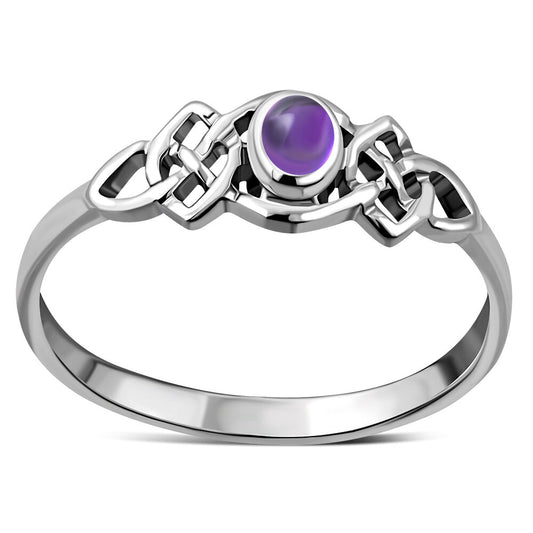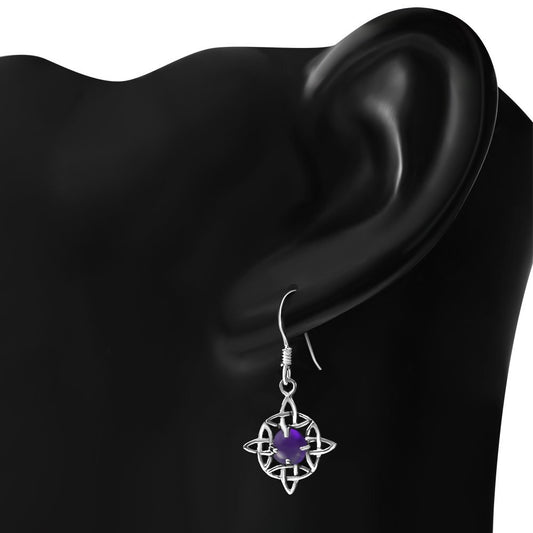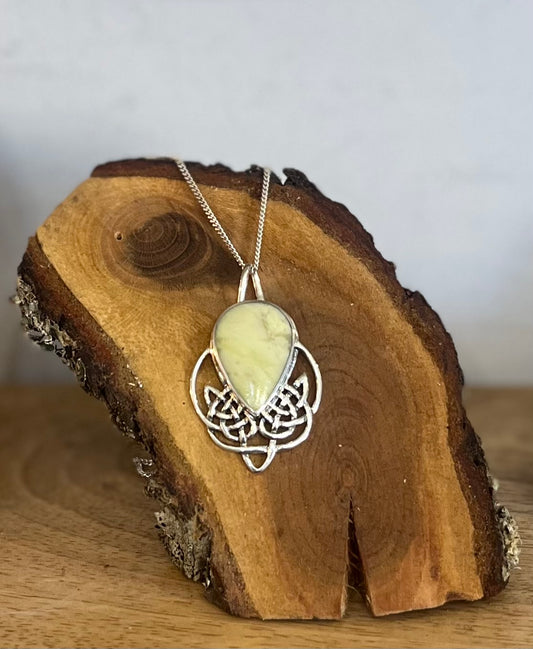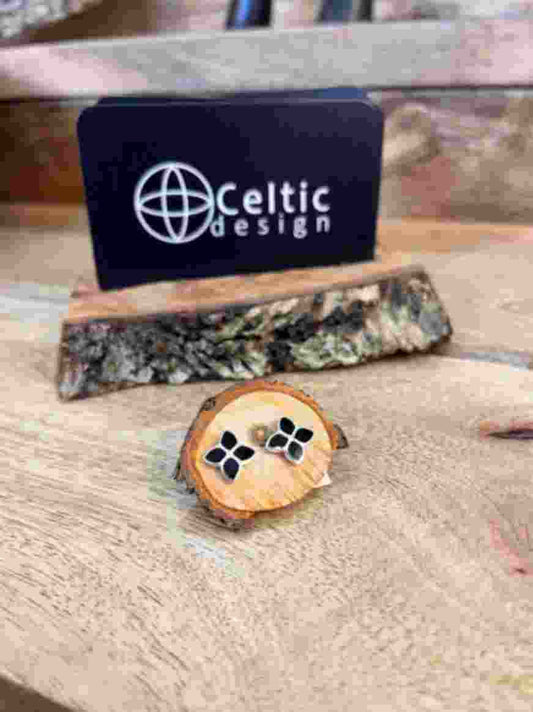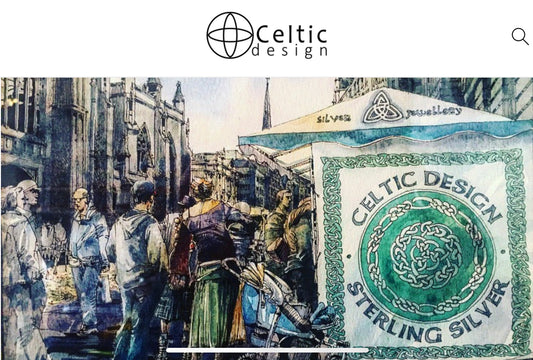As the emerald hues of St. Patrick's Day sweep across the globe, the spirit of Ireland's rich cultural heritage comes alive in a kaleidoscope of festivities, music, and folklore. Yet, beneath the surface of this vibrant celebration lies a profound tapestry woven with threads of Celtic mythology, folklore, and spiritual connection. Join us on an immersive journey through the mystical realms of St. Patrick's Day, where ancient legends, mythical creatures, and spiritual symbolism converge to illuminate the essence of Ireland's most beloved holiday.

Celtic Mythology and Folklore
At the heart of St. Patrick's Day lies the ancient tapestry of Celtic mythology and folklore—a rich tradition of storytelling that has been passed down through generations. In Celtic mythology, the land of Ireland is imbued with magic and mystery, inhabited by gods, goddesses, and mythical creatures who shape the destiny of mortals. Among these beings are the Tuatha Dé Danann, a race of supernatural beings who are said to have ruled Ireland before the arrival of humans.
One of the most enduring symbols of Celtic mythology is the leprechaun—a mischievous fairy creature known for its elusive nature and hidden pots of gold. According to legend, leprechauns are skilled shoemakers who guard their treasures jealously, often leading would-be seekers on wild goose chases through the Irish countryside. Another iconic figure is the banshee—a ghostly spirit said to wail mournfully to foretell death or tragedy. These mythical creatures, along with many others, populate the landscape of Irish folklore, adding an element of magic and wonder to St. Patrick's Day celebrations.
St. Patrick: Myth and Legend
Central to the mythology of St. Patrick's Day is the figure of St. Patrick himself—a larger-than-life hero whose story has been immortalized in legend and song. Born Maewyn Succat in Roman Britain, St. Patrick was captured by Irish raiders as a young boy and taken to Ireland as a slave. During his captivity, he found solace in the teachings of Christianity and eventually escaped back to Britain. Years later, he returned to Ireland as a missionary, bringing Christianity to the pagan Celts and driving out the snakes—a symbolic act that represents the triumph of light over darkness.
While the historical accuracy of St. Patrick's life is debated by scholars, his legacy in Irish folklore is undeniable. He is revered as the patron saint of Ireland, credited with banishing paganism and bringing Christianity to the Emerald Isle. His deeds, immortalized in tales of miracles and divine intervention, have inspired generations of Irish people and forged a deep spiritual connection between St. Patrick and the land he loved.
Spiritual Significance of St. Patrick's Day
Beyond the realm of myth and legend, St. Patrick's Day holds profound spiritual significance for the Irish people—a connection that transcends the boundaries of religion and culture. For many, it is a time to honor the ancient gods and goddesses of Celtic mythology, to pay homage to the spirits of nature, and to celebrate the interconnectedness of all living things.
The symbols of St. Patrick's Day—such as:
As we reflect on the mystical tapestry of St. Patrick's Day, we are reminded of the enduring power of myth and legend to shape our understanding of the world around us. In the stories of leprechauns and banshees, in the deeds of St. Patrick and the symbols of Celtic spirituality, we find echoes of our own hopes, fears, and aspirations. So as you raise a toast to St. Patrick's Day this year, may you take a moment to honor the ancient traditions and spiritual connections that bind us to the land of Ireland and to each other. Sláinte!
- Ellis, P. B. (2004). Celtic Myths and Legends. The Folio Society.
- Monaghan, P. (2004). The Encyclopedia of Celtic Mythology and Folklore. Facts On File.
- Mackillop, J. (1998). Dictionary of Celtic Mythology. Oxford University Press.
- D'Arcy, F. P. (2012). The Art and Design of Ancient Irish Crosses. The Collins Press.

